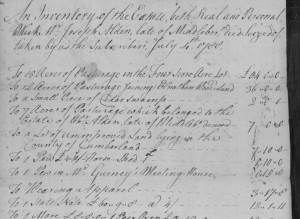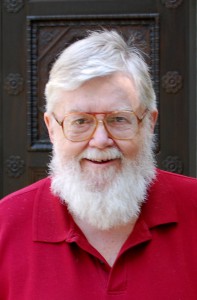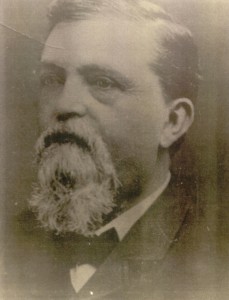
In his 1930 novel Immaturity, George Bernard Shaw wrote, “If you cannot get rid of the family skeleton, you may as well make it dance.” Shaw had a point with that statement. While we can deny them, hide them, or ignore them, we can’t remove the family skeletons from their places in our family trees. Once they’re “out of the closet,” those dry bones will walk around; what we make of them is up to us.
Scott C. Steward’s recent reposting of his article Genealogical Complexities brought to my mind the dilemma of all family history: how much do we really want to know, and what responsibility do we have in dispensing that information? Continue reading Making the skeletons dance








